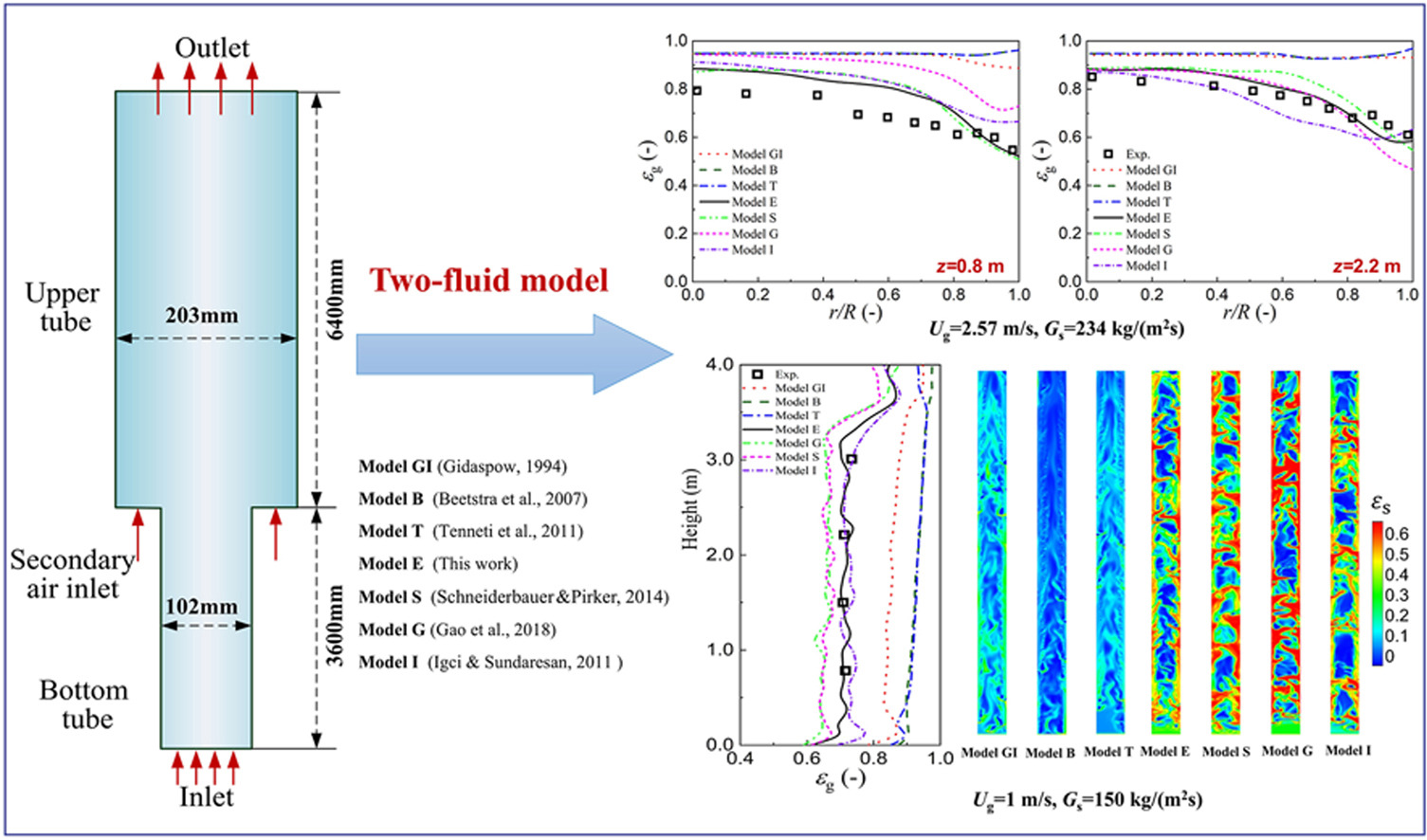- Volumes 96-107 (2025)
-
Volumes 84-95 (2024)
-
Volume 95
Pages 1-392 (December 2024)
-
Volume 94
Pages 1-400 (November 2024)
-
Volume 93
Pages 1-376 (October 2024)
-
Volume 92
Pages 1-316 (September 2024)
-
Volume 91
Pages 1-378 (August 2024)
-
Volume 90
Pages 1-580 (July 2024)
-
Volume 89
Pages 1-278 (June 2024)
-
Volume 88
Pages 1-350 (May 2024)
-
Volume 87
Pages 1-338 (April 2024)
-
Volume 86
Pages 1-312 (March 2024)
-
Volume 85
Pages 1-334 (February 2024)
-
Volume 84
Pages 1-308 (January 2024)
-
Volume 95
-
Volumes 72-83 (2023)
-
Volume 83
Pages 1-258 (December 2023)
-
Volume 82
Pages 1-204 (November 2023)
-
Volume 81
Pages 1-188 (October 2023)
-
Volume 80
Pages 1-202 (September 2023)
-
Volume 79
Pages 1-172 (August 2023)
-
Volume 78
Pages 1-146 (July 2023)
-
Volume 77
Pages 1-152 (June 2023)
-
Volume 76
Pages 1-176 (May 2023)
-
Volume 75
Pages 1-228 (April 2023)
-
Volume 74
Pages 1-200 (March 2023)
-
Volume 73
Pages 1-138 (February 2023)
-
Volume 72
Pages 1-144 (January 2023)
-
Volume 83
-
Volumes 60-71 (2022)
-
Volume 71
Pages 1-108 (December 2022)
-
Volume 70
Pages 1-106 (November 2022)
-
Volume 69
Pages 1-122 (October 2022)
-
Volume 68
Pages 1-124 (September 2022)
-
Volume 67
Pages 1-102 (August 2022)
-
Volume 66
Pages 1-112 (July 2022)
-
Volume 65
Pages 1-138 (June 2022)
-
Volume 64
Pages 1-186 (May 2022)
-
Volume 63
Pages 1-124 (April 2022)
-
Volume 62
Pages 1-104 (March 2022)
-
Volume 61
Pages 1-120 (February 2022)
-
Volume 60
Pages 1-124 (January 2022)
-
Volume 71
- Volumes 54-59 (2021)
- Volumes 48-53 (2020)
- Volumes 42-47 (2019)
- Volumes 36-41 (2018)
- Volumes 30-35 (2017)
- Volumes 24-29 (2016)
- Volumes 18-23 (2015)
- Volumes 12-17 (2014)
- Volume 11 (2013)
- Volume 10 (2012)
- Volume 9 (2011)
- Volume 8 (2010)
- Volume 7 (2009)
- Volume 6 (2008)
- Volume 5 (2007)
- Volume 4 (2006)
- Volume 3 (2005)
- Volume 2 (2004)
- Volume 1 (2003)
• Eulerian CFD simulation of circulating-turbulent fluidized beds was performed.
• Simulations using seven drag models were carried out and compared.
• Homogeneous models underestimate the bed density and RNI of voidage.
• Mesoscale drag models achieve consistent results with the experimental data.
• EMMS model based on PBM outperforms others with the lowest errors.
The novel circulating turbulent fluidized bed (CTFB) technology has found wide applications in various processes owing to its high solid circulation rate and low backmixing. However, up to now, only a limited number of CFD simulation studies on this type of reactor can be found in the literature. Moreover, there is currently no guidance available for selecting appropriate subgrid drag models that take into account the impact of mesoscale structures. In this work, a two-fluid model incorporating seven different drag models include homogeneous drag models, filtered models, and EMMS-based drag models was employed to conduct a systematic investigation into the hydrodynamics of CTFB reactors. It was found that the flow structure in the CTFB reactor differs significantly from conventional fast fluidized beds, exhibiting relatively weaker radial heterogeneity and attenuated near-wall particle downward flows. Comparative analysis demonstrates that the homogeneous drag models fail to predict reasonable hydrodynamics consistent with the experiments. In contrast, the mesoscale drag models show satisfactory performance in reproducing solid concentration profiles, while additional marker variables should be considered in the drag models to enhance the prediction accuracy of particle velocity. The EMMS-based drag model with an advanced conservation equation for cluster size achieves better accuracy in predicting both solid concentration and velocity distributions. Nevertheless, future model development should address wall boundary effects to enhance mesoscale drag applicability in CTFB simulations.

